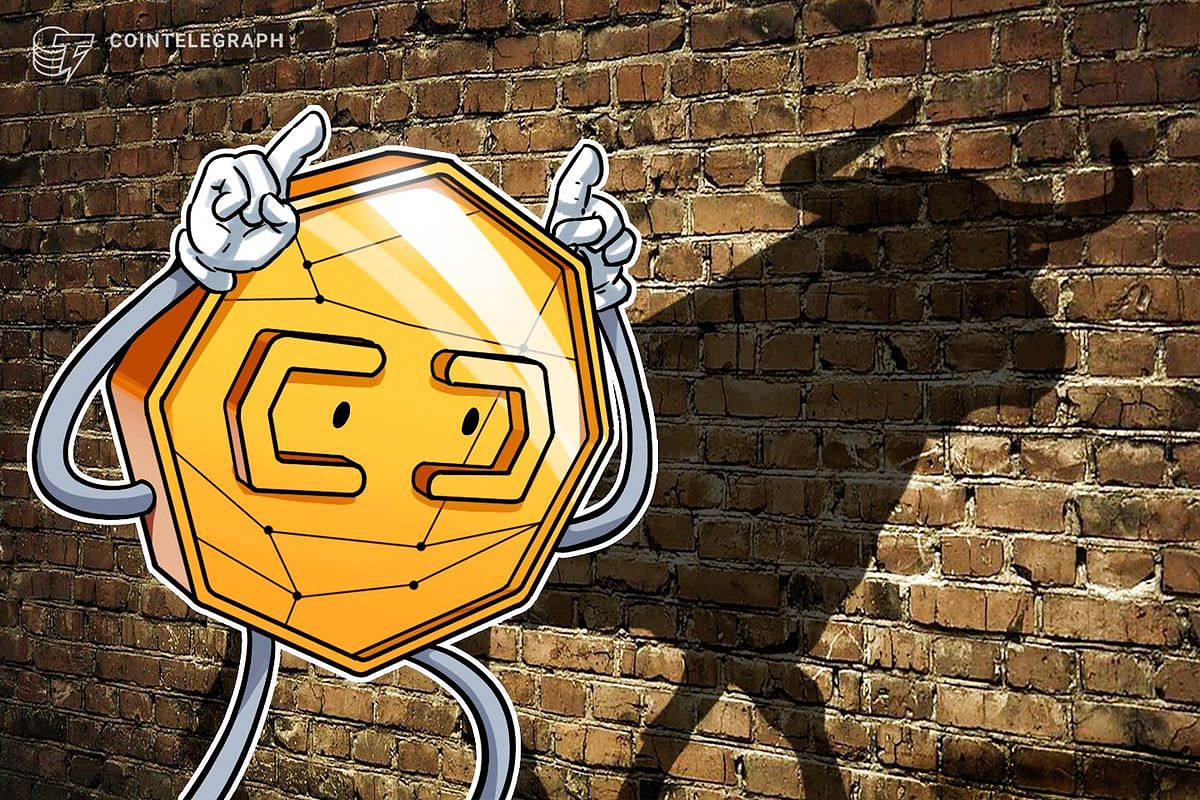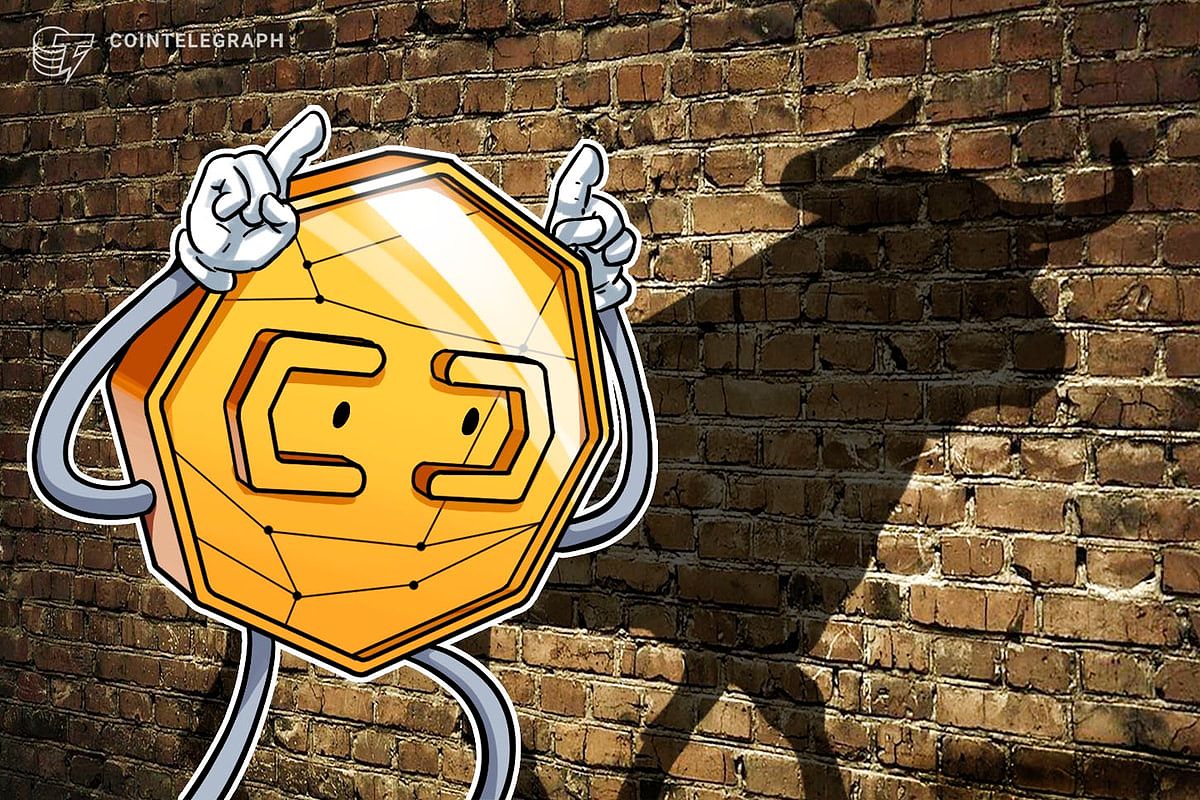Imagine you’re a seasoned trader, meticulously analyzing Bitcoin’s price charts. You notice a sudden dip, but you’re unsure of the cause. Could it be a news event, a technical breakdown, or something else entirely? The answer might lie in the recent actions of central banks and their impact on interest rates. Understanding this dynamic is crucial for anyone navigating the turbulent waters of cryptocurrency trading.
The Complex Relationship Between Interest Rates and Bitcoin
The connection between interest rates and Bitcoin’s price movements is often portrayed as a delicate balancing act. Typically, when interest rates increase, investors tend to seek refuge in more stable assets, which can lead to a decline in Bitcoin’s value. On the other hand, when interest rates drop, the allure of riskier assets like Bitcoin can draw in investors looking for higher returns. This ebb and flow is influenced by the collective risk appetite within the market, making it essential for traders to stay attuned to these shifts.
Historical Context: Lessons from the Past

Reflecting on historical data reveals a fascinating narrative about how interest rate changes have shaped Bitcoin’s price trajectory. For instance, during the onset of the COVID-19 pandemic in 2020, central banks worldwide implemented sweeping interest rate cuts. This created an environment ripe for investment in Bitcoin, resulting in a remarkable price surge as investors sought to escape economic uncertainty. Conversely, more recent interest rate hikes have generally led to periods of price stabilization or even decline in the cryptocurrency realm. These examples illustrate the significant role interest rates play in influencing Bitcoin’s market dynamics.
Indicators to Guide Trading Decisions
For traders eager to harness the interplay between interest rates and Bitcoin’s price, several key indicators can provide invaluable insights.
M2 Money Supply
The M2 money supply, which encompasses the total amount of currency circulating within the economy, serves as a crucial indicator for traders. A contraction in the M2 money supply may suggest a waning appetite for riskier investments, potentially foreshadowing a decline in Bitcoin’s price. Conversely, an uptick in the M2 money supply could signal a growing interest in higher-yielding assets like Bitcoin, setting the stage for potential price increases.
Interest Rate Futures
Interest rate futures contracts can be a goldmine for traders looking to anticipate future interest rate movements. By analyzing these contracts, traders can gain insights into market expectations regarding interest rate changes, enabling them to position themselves strategically in the Bitcoin market. Understanding these futures can offer a competitive edge in predicting Bitcoin’s price fluctuations based on anticipated interest rate trends.
Conclusion
The intricate relationship between interest rates and Bitcoin’s price is a nuanced and evolving narrative that every trader should grasp. While past performance may not dictate future outcomes, recognizing how these two elements interact can provide valuable insights for navigating the volatile crypto landscape. By keeping a close eye on critical indicators such as the M2 money supply and interest rate futures, traders can enhance their decision-making process and uncover opportunities in the ever-changing world of Bitcoin trading. As you embark on this journey, remember that understanding the broader economic context is just as important as mastering technical analysis—it’s the key to thriving in a dynamic market.

